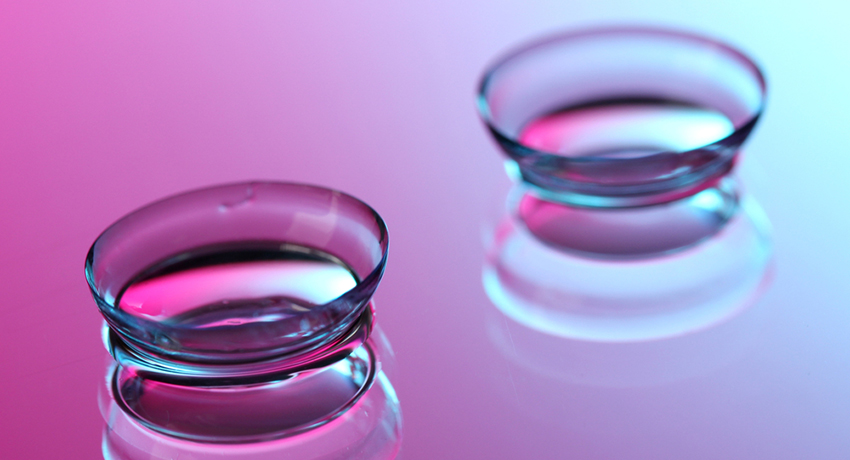New Contact Lenses Can Deliver Medication

Contact lenses image via shutterstock
If you hate eye drops (really, who doesn’t) and wear contacts, researchers in Boston have really good news for you. According to Massachusetts Eye and Ear Infirmary, contact lenses have actually been proposed as a means of ocular drug delivery for years, in the hopes that it could one day replace eye drops. But, unfortunately, achieving controlled drug release has been a significant challenge. Until now.
Researchers at Massachusetts Eye and Ear/Harvard Medical School Department of Ophthalmology, Boston Children’s Hospital, and the Massachusetts Institute of Technology (talk about teamwork) are close to what they call “an eye drop-free reality” with the development of drug-eluting contact lenses designed to deliver latanoprost, which is the common drug used for the treatment of glaucoma, the leading cause of irreversible blindness worldwide.
The contacts were designed with FDA-approved materials for use on the eye. The findings are described online and will be in the January 2014 printed issue of the journal Biomaterials.
“In general, eye drops are an inefficient method of drug delivery that has notoriously poor patient adherence. This contact lens design can potentially be used as a treatment for glaucoma and as a platform for other ocular drug delivery applications,” says Dr. Joseph Ciolino, Mass. Eye and Ear cornea specialist and lead author of the paper.
According to a report from Mass. Eye and Ear:
In vivo, single contact lenses were able to achieve, for one month, latanoprost concentrations in the aqueous humor that were comparable to those achieved with daily topical latanoprost solution, the current first-line treatment for glaucoma. The lenses appeared safe in cell culture and animal studies. This is the first contact lens that has been shown to release drugs for this long in animal models. “The lens we have developed is capable of delivering large amounts of drug at substantially constant rates over weeks to months,” said Professor Daniel Kohane, director of the Laboratory for Biomaterials and Drug Delivery at Boston Children’s Hospital.
The newly designed contact lens has a clear central aperture and contains a drug-polymer film in the periphery, which helps to control drug release. The lenses can be made with no refractive power or with the ability to correct the refractive error in nearsighted or farsighted eyes.
“A non-invasive method of sustained ocular drug delivery could help patients adhere to the therapy necessary to maintain vision in diseases like glaucoma, saving millions from preventable blindness,” Ciolino says.

